

— Blogs —
—Products—
 Consumer hotline +8618073152920
Consumer hotline +8618073152920 WhatsApp:+8615367865107
Address:Room 102, District D, Houhu Industrial Park, Yuelu District, Changsha City, Hunan Province, China
Product knowledge
Time:2025-11-27 11:10:08 Popularity:103
As a cornerstone of the energy transition, photovoltaic power plants face stringent tests from the natural environment that directly impact power generation efficiency and asset returns. Irradiance intensity, module temperature, wind speed, humidity, and dust constantly affect module performance, inverter status, and overall plant output.
The NiuBoL PV automatic weather station was born for this exact challenge—it is no longer just a “weather measuring device” but the “data brain” of a PV plant, providing stable, professional, and continuous data support for O&M decisions to maximize plant safety and revenue.
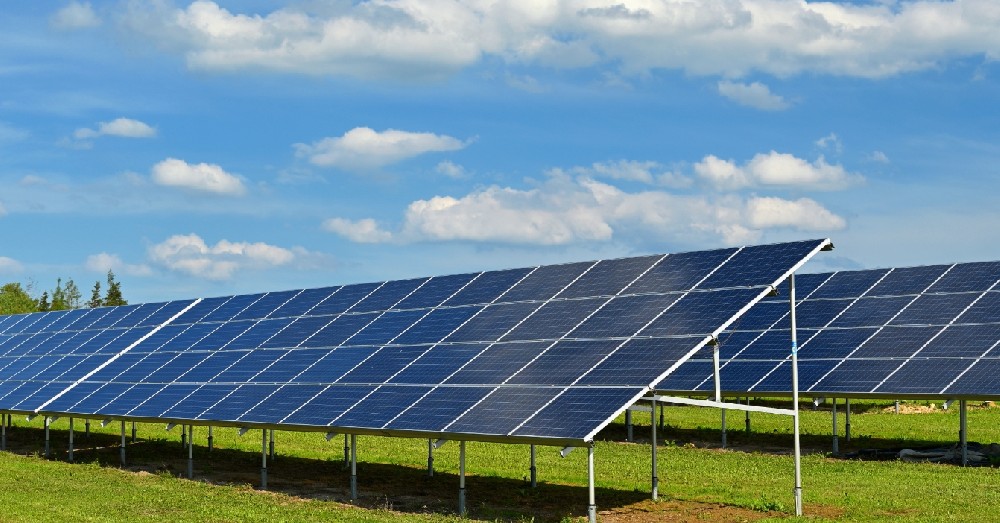
A PV automatic weather station is an environmental monitoring system dedicated to solar farms. It uses high-precision sensors to continuously collect, process, and upload key meteorological data—including global and plane-of-array irradiance, wind speed/direction, temperature/humidity, air pressure, and rainfall—serving as the core foundation for PR calculation, safety warnings, and O&M strategy optimization.
Unlike ordinary weather stations focused on macro monitoring, the NiuBoL PV model features industrial-grade enhancements in irradiance accuracy, synchronized tilt-angle measurement, communication reliability, and long-term stability to meet the harsh, long-duration, outdoor requirements of the photovoltaic industry.
The PV weather station follows a rigorous digital workflow:
1. High-frequency sampling by the sensor array.
2. The main controller digitizes raw signals, performs filtering, auto-calibration, temperature compensation, and local storage (with breakpoint resume).
3. Data is reliably uploaded in real time via built-in 4G/5G, LoRa, WiFi, or RS485 to the monitoring center or plant SCADA system.
4. Integrated meteorological, power, and grid data generate performance ratio (PR) models, trend curves, and trigger safety alerts to support O&M decisions.
5. Core technology: Optional automatic two-axis sun tracker ensures irradiance measurement accuracy reaches research-grade standards.
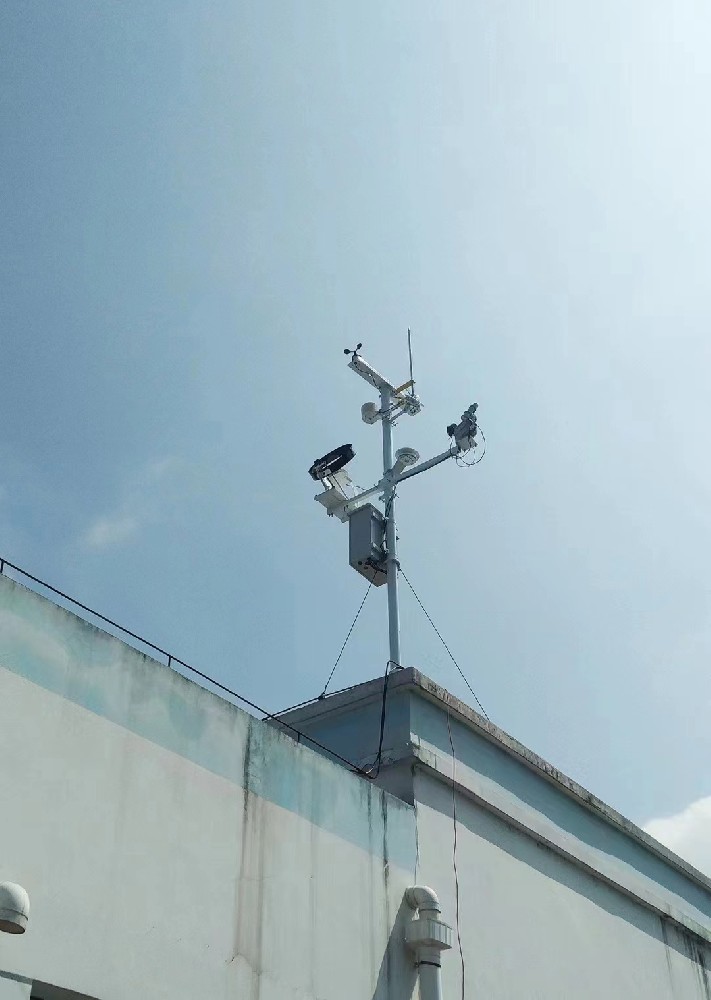
The NiuBoL PV automatic weather station adopts a modular design for clear structure, easy maintenance, and flexible upgrades to meet diverse PV project needs.
- Solar Irradiance Monitoring System: Includes global horizontal irradiancemeter, POA irradiancemeter, and sunshine duration sensor. Expandable to direct/diffuse irradiance sensors with dual-axis automatic sun tracker.
- Environmental Monitoring Module: High-precision wind speed/direction sensors (optional ultrasonic, zero mechanical wear), temperature/humidity sensors (in louvered radiation shield), barometer, and tipping-bucket rain gauge.
- Data Acquisition & Transmission Module: Industrial-grade controller supporting 4G/5G, LoRa, WiFi, and RS485 with standard Modbus-RTU/TCP output.
- Installation & Power System: Stainless/galvanized pole, solar + high-capacity battery (or mains backup), professional lightning protection, IP65 waterproof enclosure.
| Category | Typical Parameter | Measurement Method | Core Application Value |
| Solar Irradiance | POA Irradiance | Installed at same tilt & azimuth as modules | Accurate PR calculation, real received irradiance, generation forecasting |
| Global Horizontal Irradiance (GHI) | Thermopile/photodiode | Macro irradiance assessment, baseline generation reference | |
| Direct Normal Irradiance (DNI) | Sun-tracking system | High-precision resource evaluation, research-grade monitoring | |
| Environmental | Wind Speed/Direction | Cup-type or ultrasonic | Module wind load safety, inverter cooling efficiency, equipment life assessment |
| Temperature/Humidity | High-precision sensor in radiation shield | Module temperature rise analysis (efficiency correction), lifespan evaluation | |
| Rainfall | Tipping-bucket stainless steel | Module cleaning strategy, water resource management |
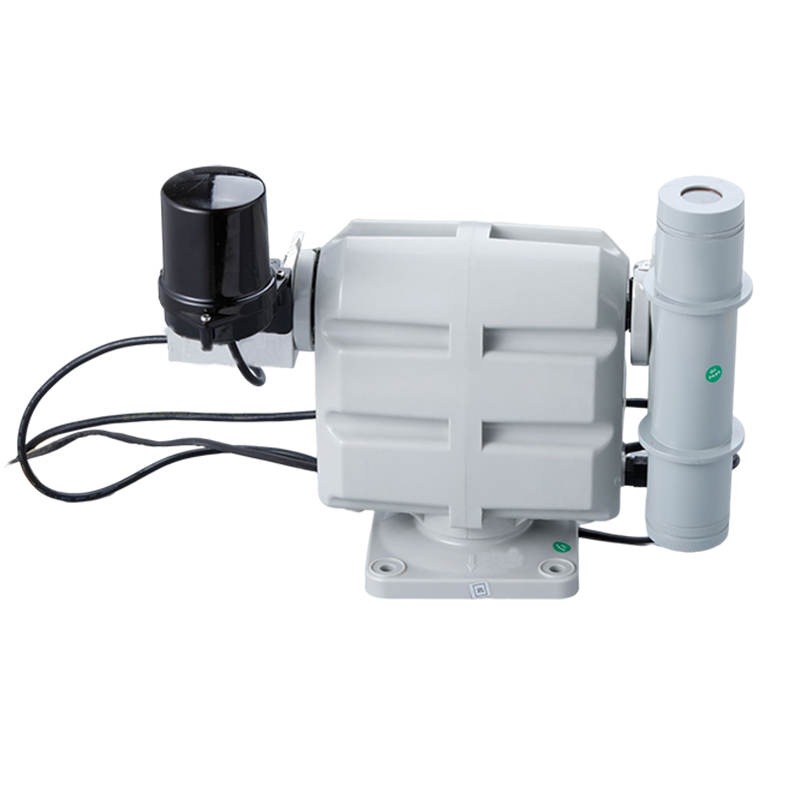
Strict installation standards are the cornerstone of reliable data.
1. No-obstruction principle: Irradiancemeters must be placed in fully unshaded areas, at least 1.5–2 m from module edges.
2. Tilt synchronization: POA sensor tilt and azimuth must exactly match the PV array.
3. Calibration & grounding: Wind vane must point true north; grounding resistance ≤ 4 Ω for lightning safety.
4. Waterproofing: Main controller enclosure ≥ 1.5 m above ground; rain gauge must remain perfectly level and be cleaned regularly.
The entire process is professional yet efficient—small projects can be completed in 2–3 hours.
1. Foundation construction: Erect independent pole with concrete base (or pre-cast base).
2. Sensor mounting: Sequentially install irradiance, wind, temperature/humidity sensors and perform angle/orientation calibration.
3. Cabling & protection: Route all cables into the main enclosure using UV-resistant conduit with proper waterproofing and surge protection.
4. System commissioning: Connect power, start controller, set sampling frequency.
5. Data verification: Confirm normal data flow, upload to backend, and generate trial-run report.
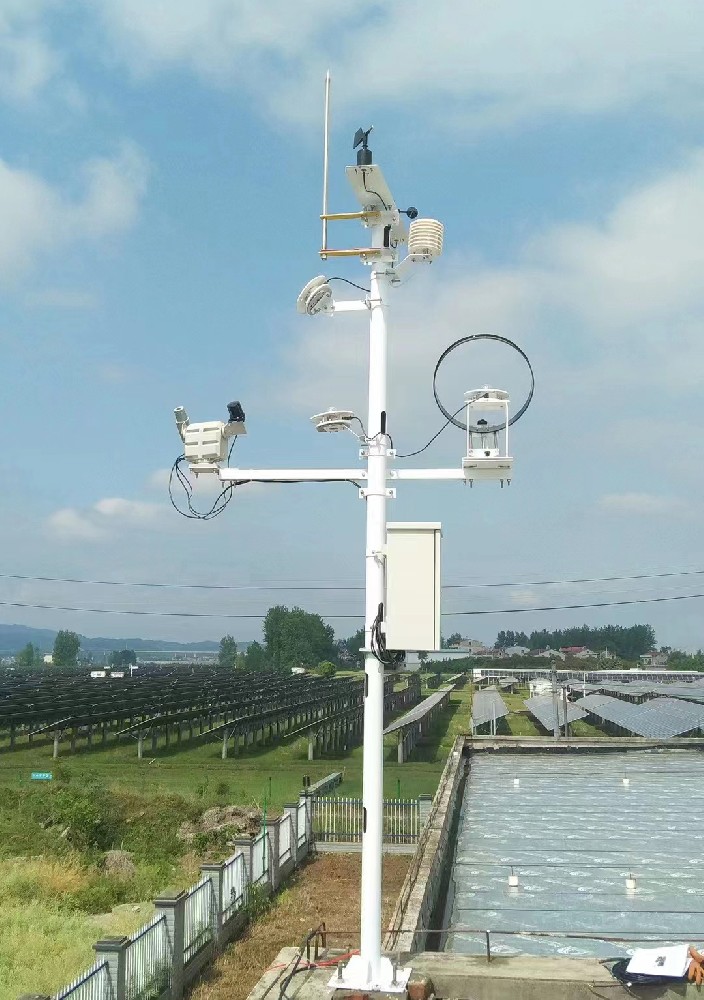
O&M personnel can resolve over 90% of anomalies using the following methods.
| Symptom | Possible Cause | Quick Troubleshooting & Solution |
| Irradiance suddenly reads 0 | New obstruction, heavy dust/snow on sensor | Clean sensor surface; check for new shading objects |
| Large deviation between POA and GHI | Tilt angle drift, sensor out of calibration | Re-align POA sensor with array; check calibration date |
| Abnormal wind speed fluctuation | Debris in cups or bearing wear (mechanical) | Clean cups; for ultrasonic type, check power supply |
| Device offline | SIM card arrears/weak signal, power failure | Reset communication module; check solar/battery voltage |
| Temperature/humidity jumping/drifting | Water ingress or aged filter in louver box | Replace filter cotton and re-seal; ensure ventilation |
Thanks to its high stability, precision, and modularity, the NiuBoL PV weather station is widely deployed worldwide under all climate conditions.
- Utility-scale ground-mounted plants: PR analysis and performance deviation diagnosis
- Distributed rooftop/commercial PV: Local micro-environment monitoring and cleaning/fault guidance
- PV + energy storage projects: Meteorological input for charge/discharge optimization
- Solar resource assessment: Long-term high-precision data for pre-feasibility studies
- O&M management: Core data source for cleaning scheduling and wind-load safety warnings
| Model Type | Core Monitoring Parameters | Suitable Scenarios | Key Advantages |
| Entry-Level | GHI, POA, wind speed/direction, temp/humidity | Distributed & small/medium projects | Cost-effective, high reliability |
| Professional | Full parameters, high precision, multiple protocols | Large-scale plants & O&M companies | Complete data, remote calibration, easy integration |
| Research-Grade | DNI, diffuse, automatic two-axis sun tracker | Resource assessment, scientific validation, high-latitude areas | Research-grade accuracy, long-term stability, traceability |
We offer one-stop consultation—just provide project scale, budget, and monitoring requirements, and NiuBoL will quickly customize the optimal solution.
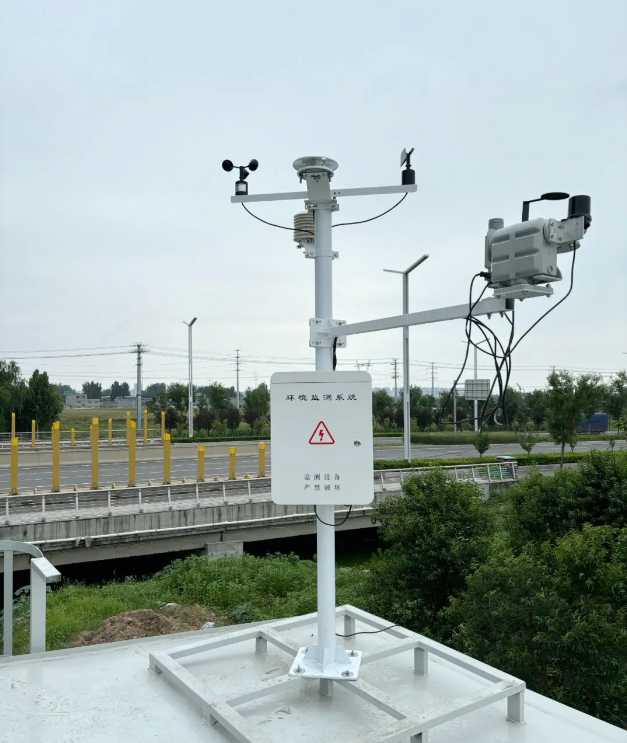
A: The PV version focuses on synchronized POA measurement, higher irradiance accuracy, and stronger environmental resilience (dust/sand/high temperature compensation), directly serving PR calculation and O&M needs.
A: POA represents the actual effective irradiance received by modules and is the core input for PR—far more accurate than horizontal GHI for real generation performance.
A: Required only for high-precision resource assessment or DNI measurement. For routine plant O&M, decide based on budget and accuracy needs.
A: 4G/5G (remote plants), LoRa (large low-power sites), WiFi (centralized access), and standard RS485 (Modbus-RTU/TCP).
A: Yes. Full solar + lithium battery backup ensures >7–15 days autonomy even during continuous rainy weather.
A: Designed for 3–5 years. Pyranometers should be lab-calibrated every 1–2 years; other sensors depend on environment.
A: No. All core sensors use industrial encapsulation with temperature compensation and EMI shielding to resist high temperature, dust, and humidity drift.
A: No. The controller has large local storage (tens of thousands of records) and automatically resumes transmission when connectivity returns.
A: Yes. We provide open Modbus-RTU/TCP protocols and optional API for seamless integration with all major SCADA and O&M platforms.
A: Not necessarily. With our detailed videos and drawings, two people can complete installation and commissioning.
A: CE, ISO9001, RoHS, and calibration certificates.

The NiuBoL PV automatic weather station is indispensable infrastructure for achieving stable operation and high-efficiency generation in photovoltaic plants.
Whether performing precise PR evaluation via POA irradiance, issuing equipment safety warnings using wind speed, or formulating module cleaning strategies based on rainfall, NiuBoL delivers professional, accurate, and long-term stable data support. We are committed to providing reliable, open, and globally applicable monitoring solutions to PV enterprises and system integrators worldwide—your ideal partner for photovoltaic asset digitization.
NBL-W-HPRS-Solar-Radiation-Sensor-Instruction-Manual-V3.0.pdf
NBL-W-SRS-Solar-radiation-sensor-instruction-manual-V4.0.pdf
Prev:Central Nervous System of Smart Agriculture: NiuBoL Four Conditions IoT Monitoring System
Next:NiuBoL Photovoltaic Weather Station:Cornerstone of Efficient PV Plant O&M
Related recommendations
Sensors & Weather Stations Catalog
Agriculture Sensors and Weather Stations Catalog-NiuBoL.pdf
Weather Stations Catalog-NiuBoL.pdf
Related products
 Combined air temperature and relative humidity sensor
Combined air temperature and relative humidity sensor Soil Moisture Temperature sensor for irrigation
Soil Moisture Temperature sensor for irrigation Soil pH sensor RS485 soil Testing instrument soil ph meter for agriculture
Soil pH sensor RS485 soil Testing instrument soil ph meter for agriculture Wind Speed sensor Output Modbus/RS485/Analog/0-5V/4-20mA
Wind Speed sensor Output Modbus/RS485/Analog/0-5V/4-20mA Tipping bucket rain gauge for weather monitoring auto rainfall sensor RS485/Outdoor/stainless steel
Tipping bucket rain gauge for weather monitoring auto rainfall sensor RS485/Outdoor/stainless steel Pyranometer Solar Radiation Sensor 4-20mA/RS485
Pyranometer Solar Radiation Sensor 4-20mA/RS485
Screenshot, WhatsApp to identify the QR code
WhatsApp number:+8615367865107
(Click on WhatsApp to copy and add friends)
